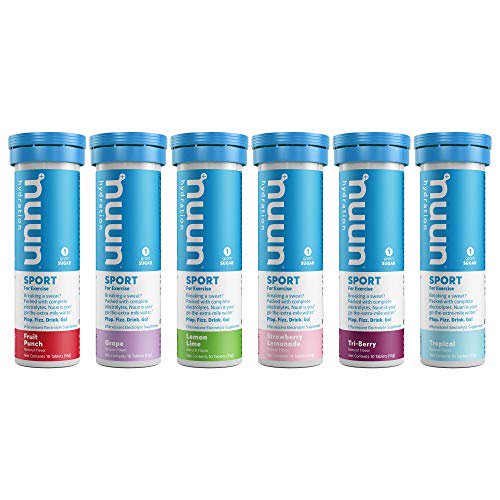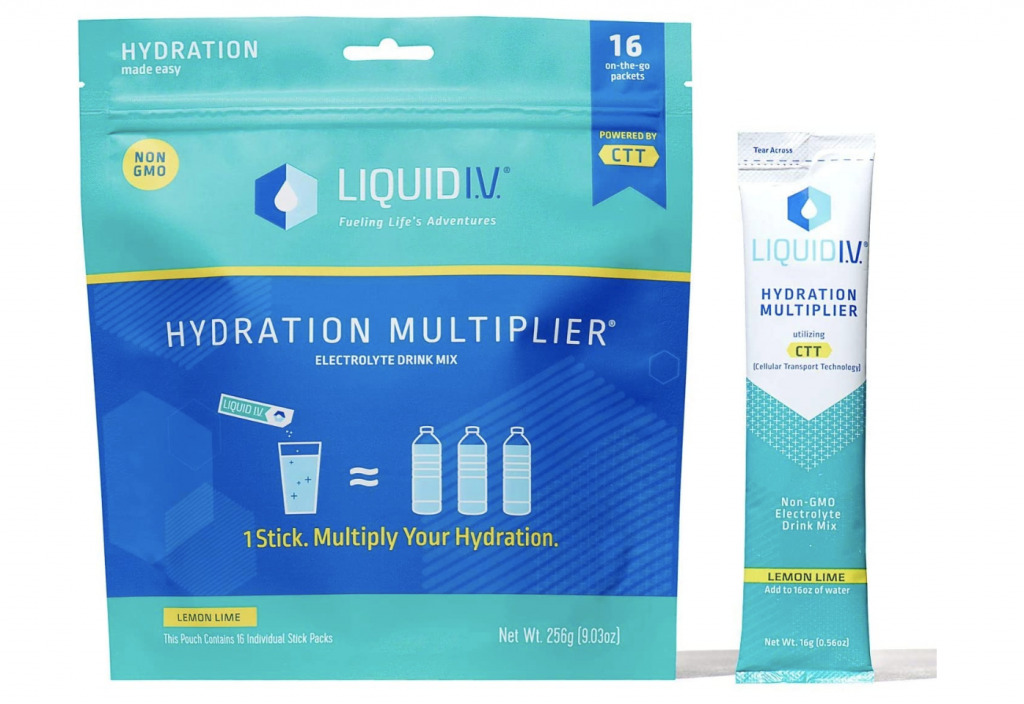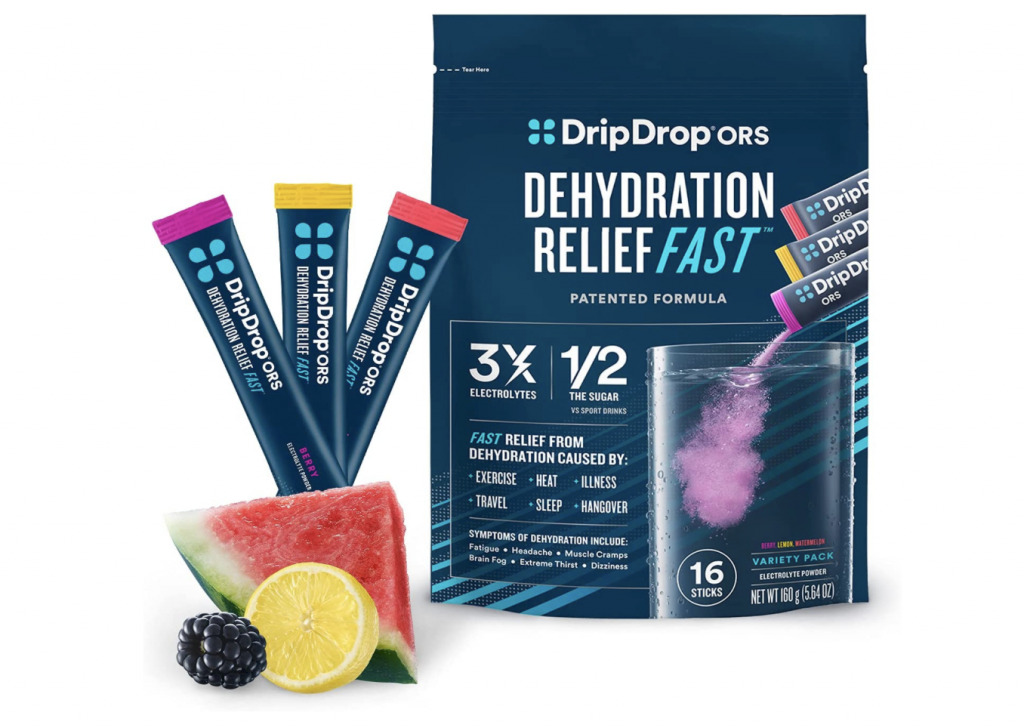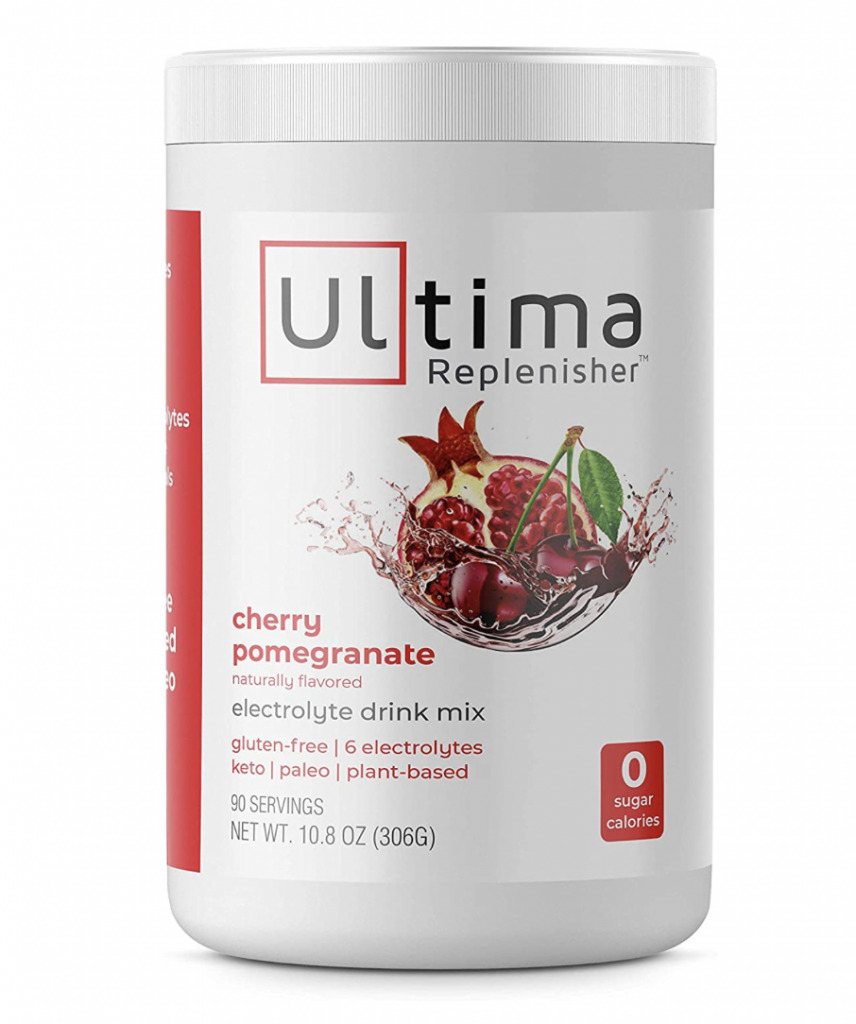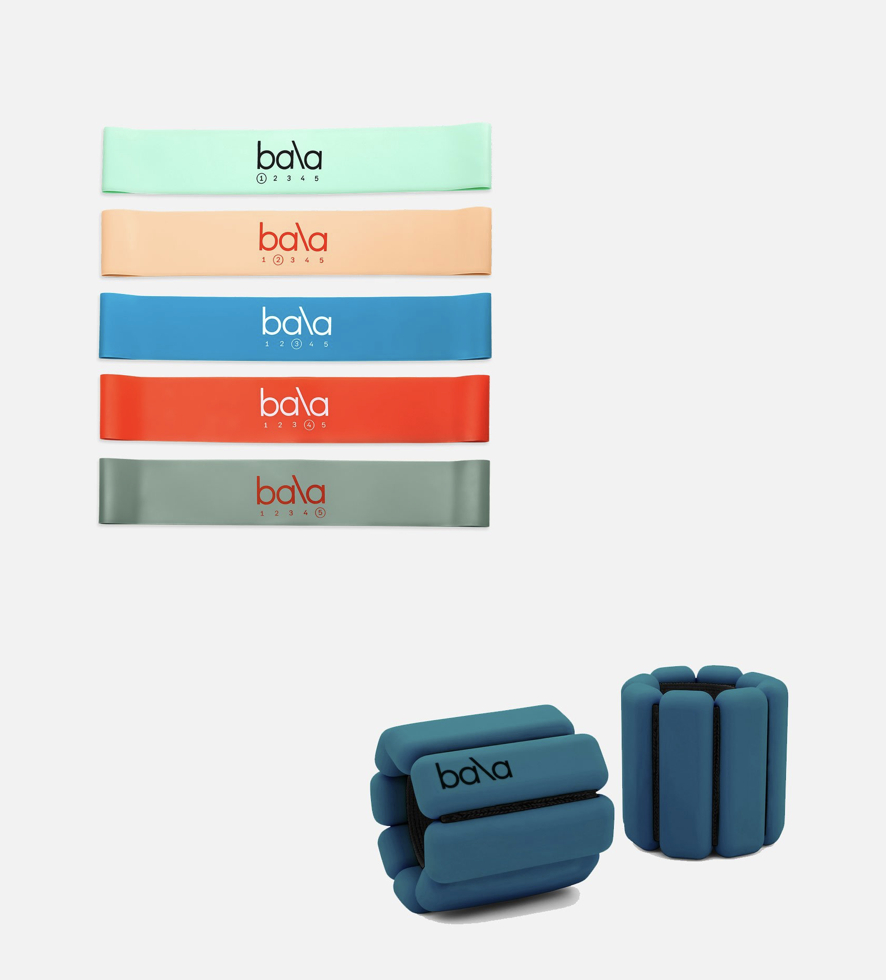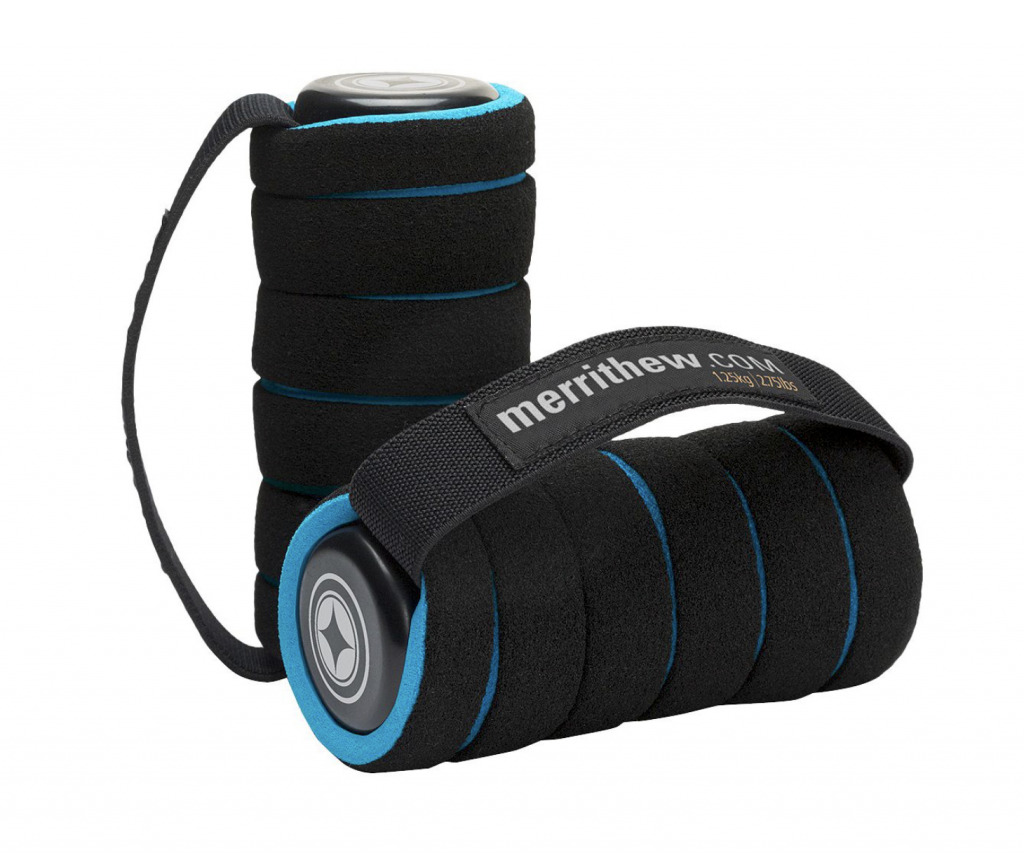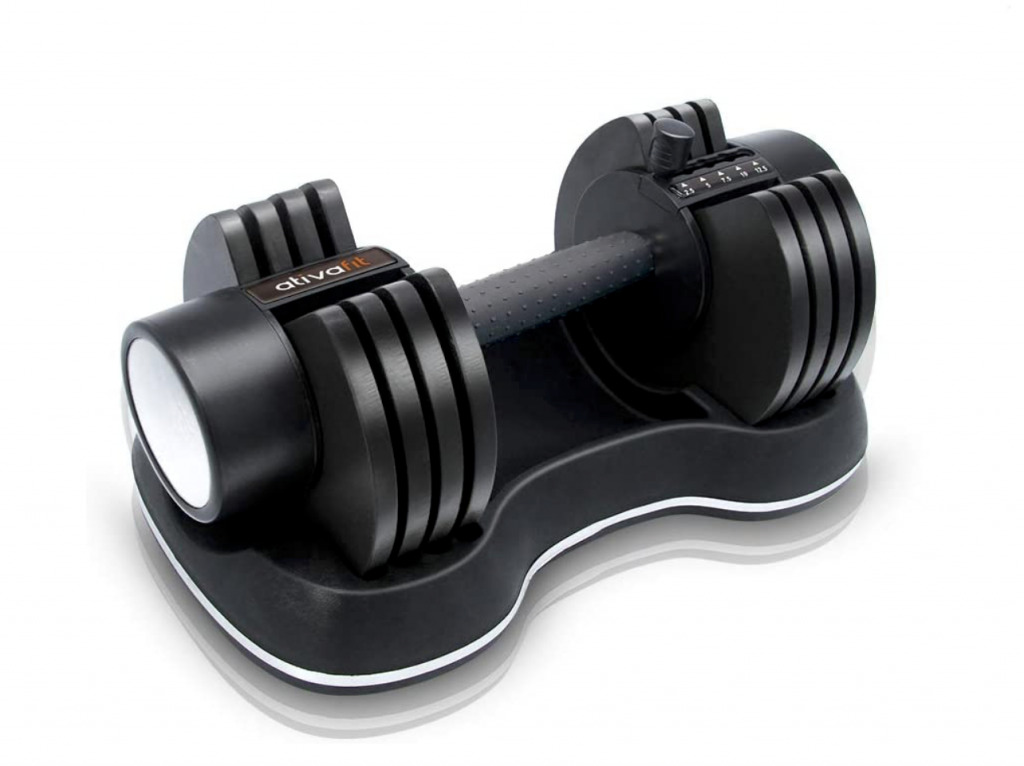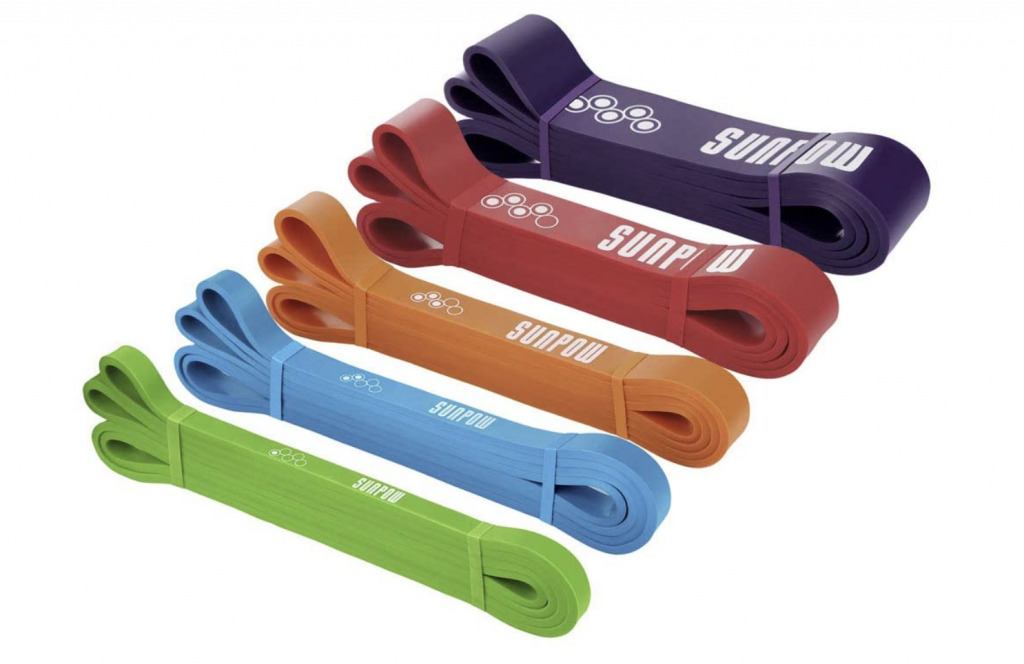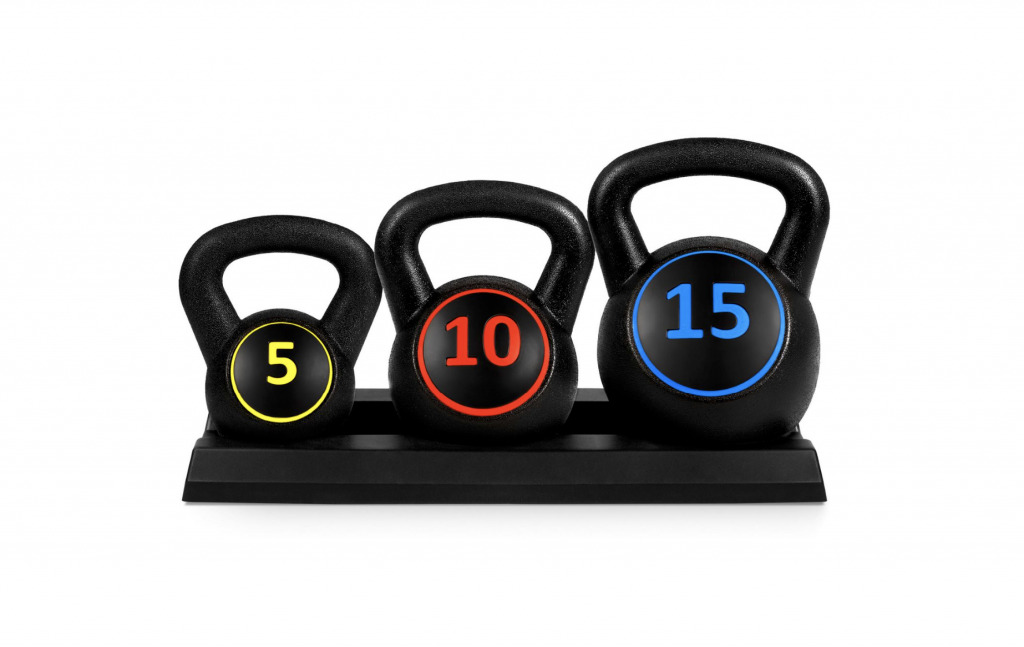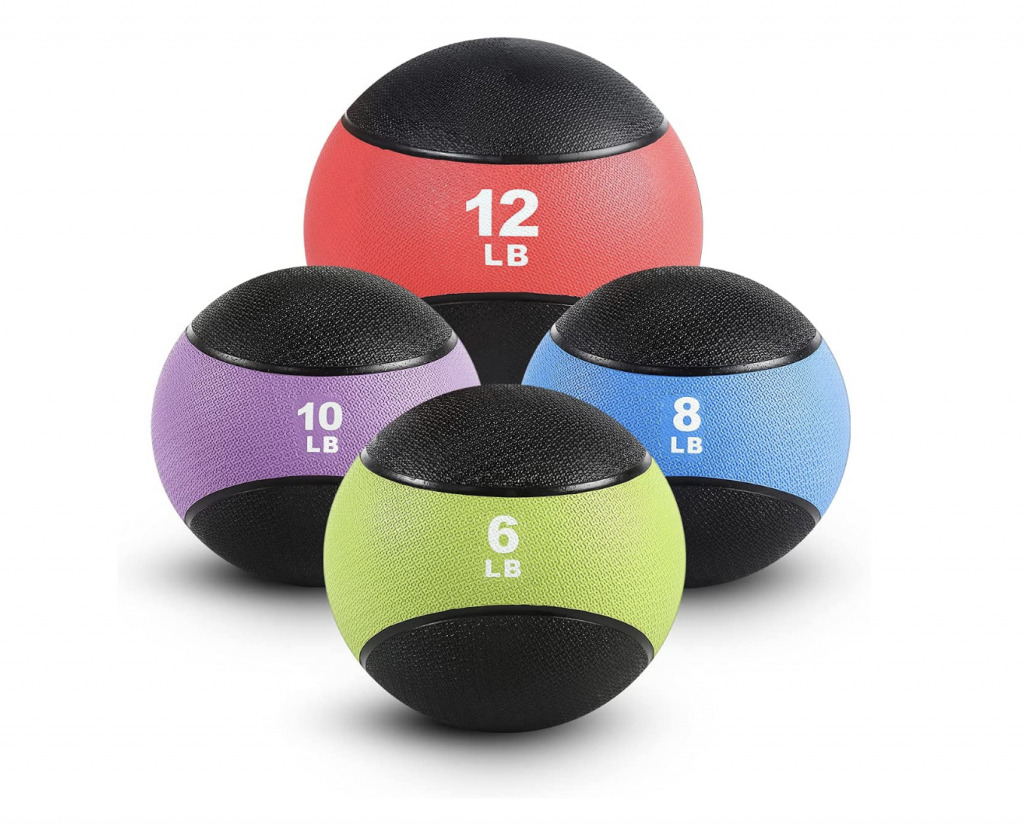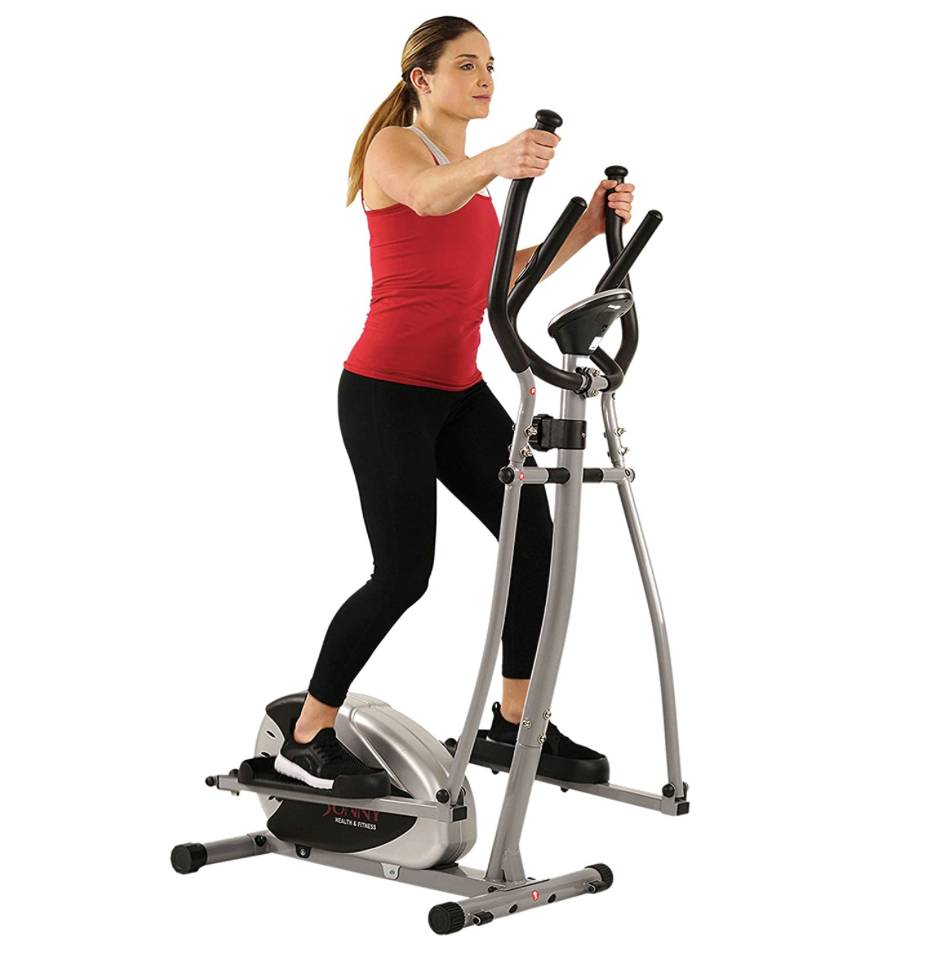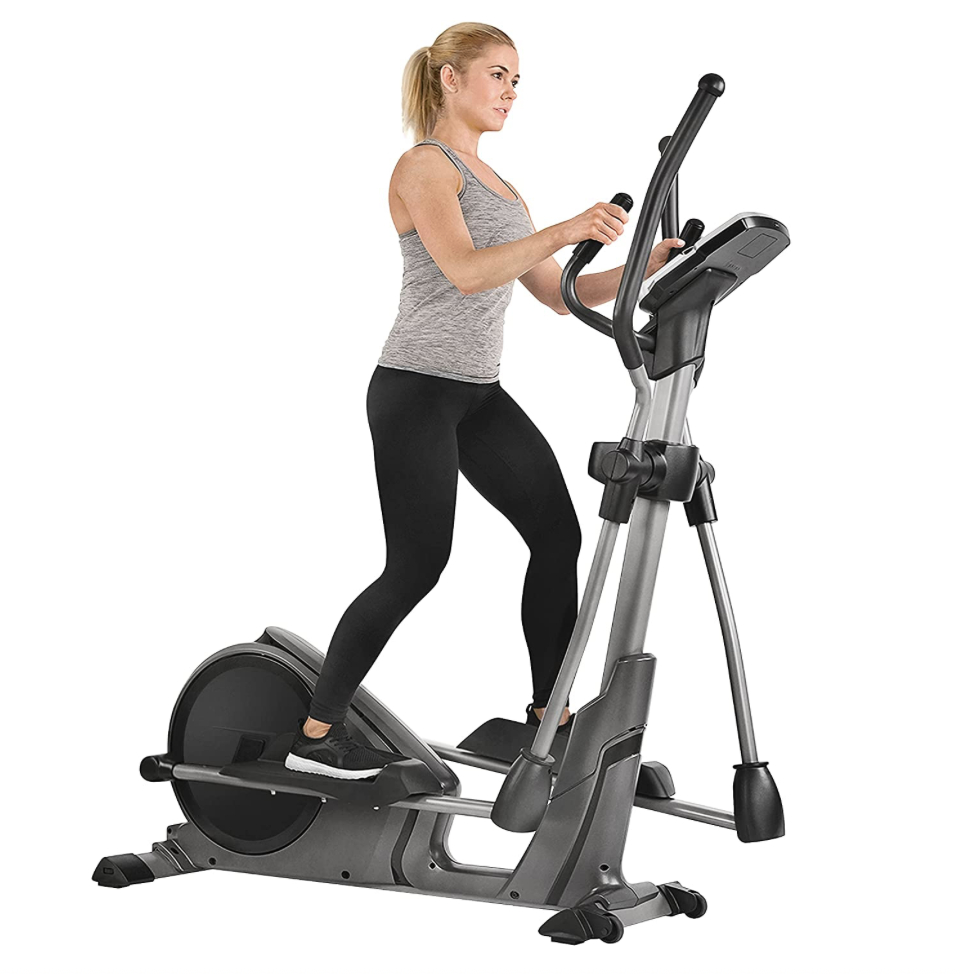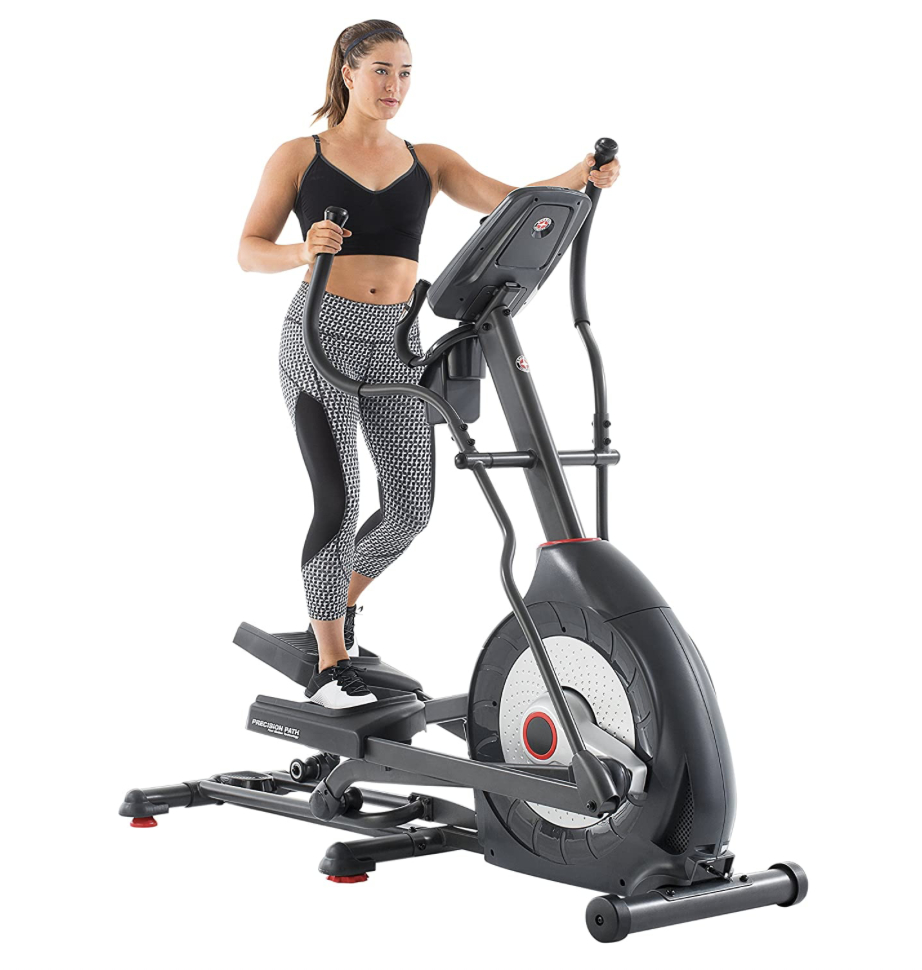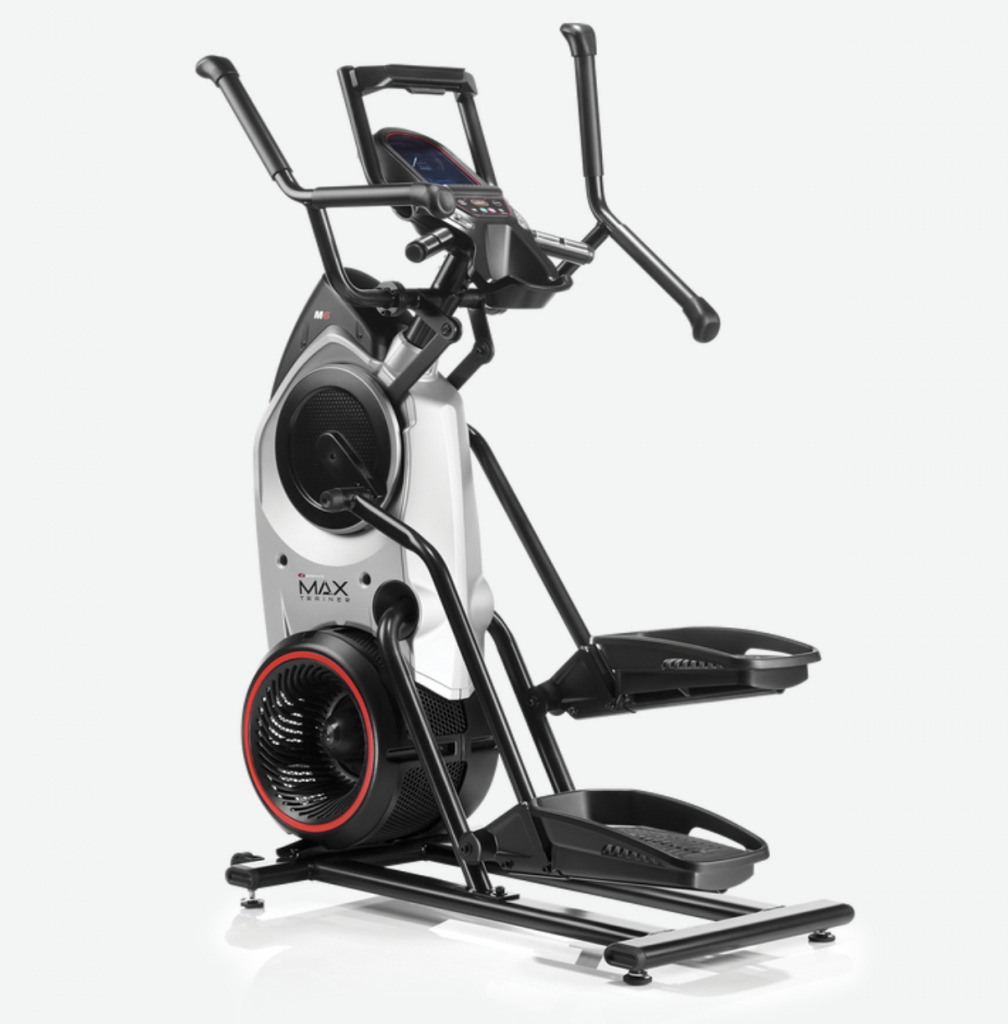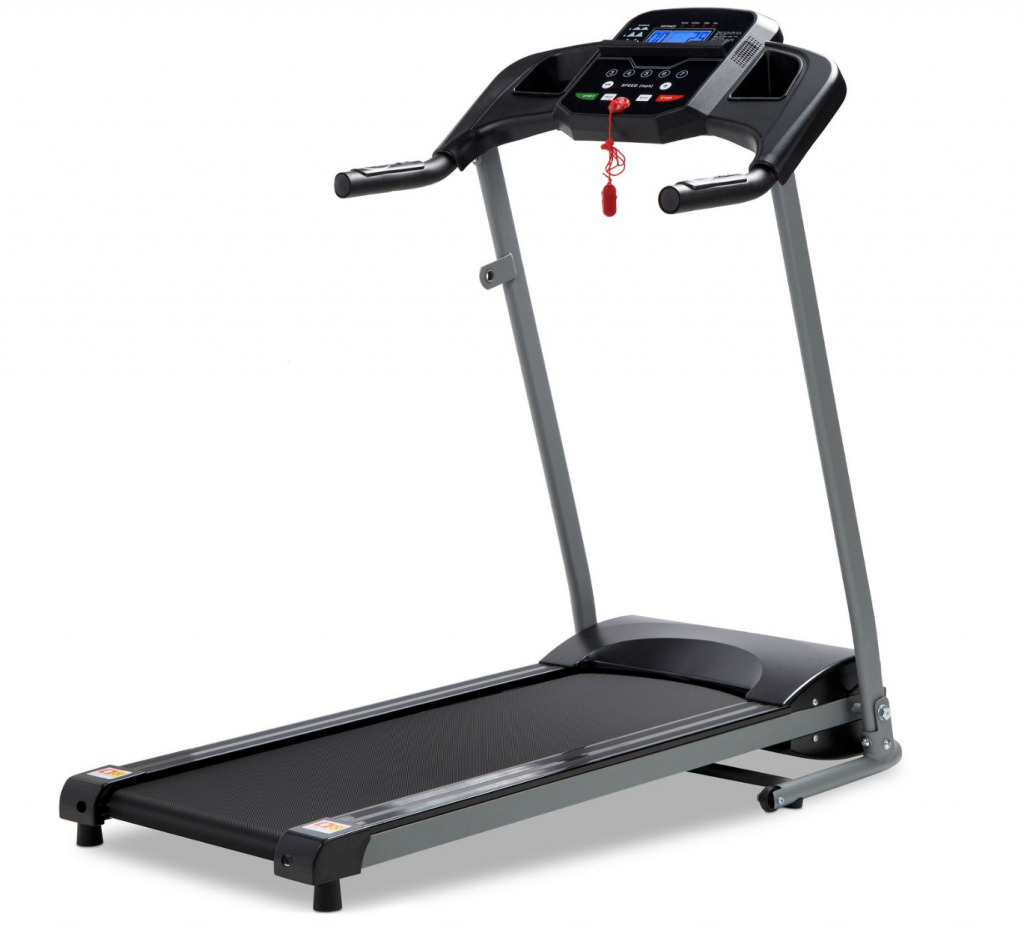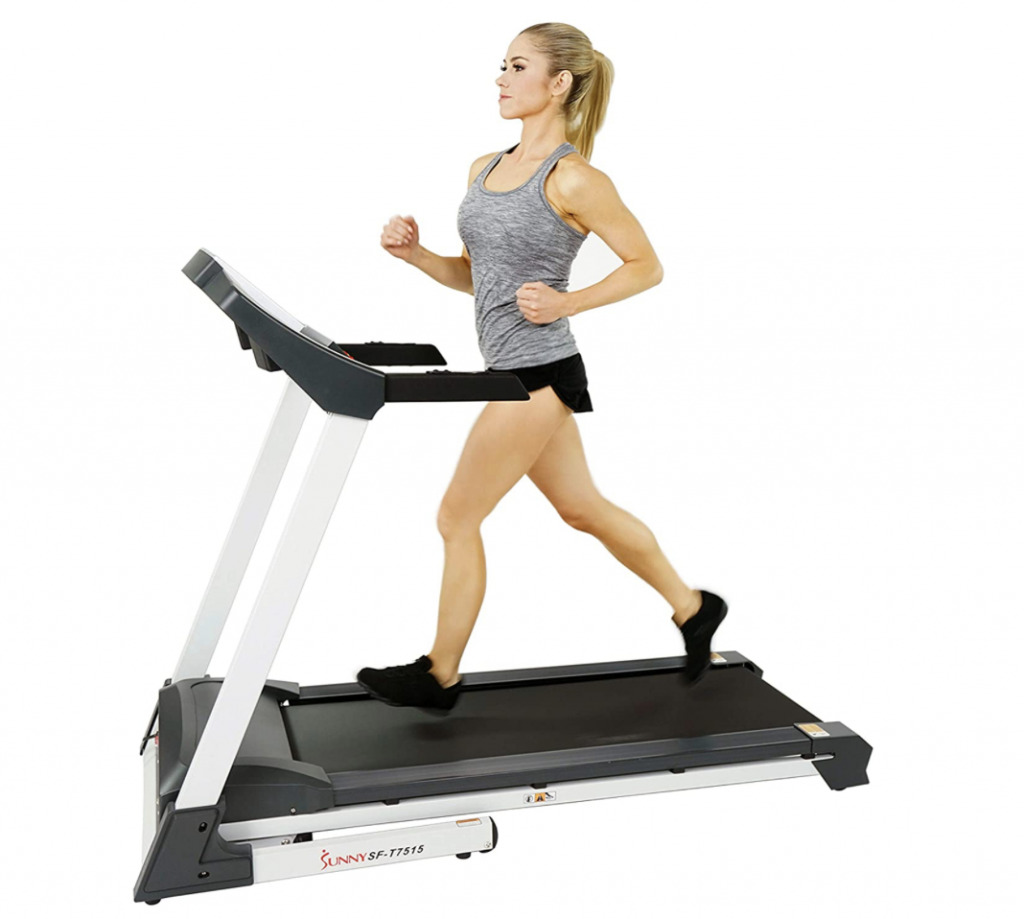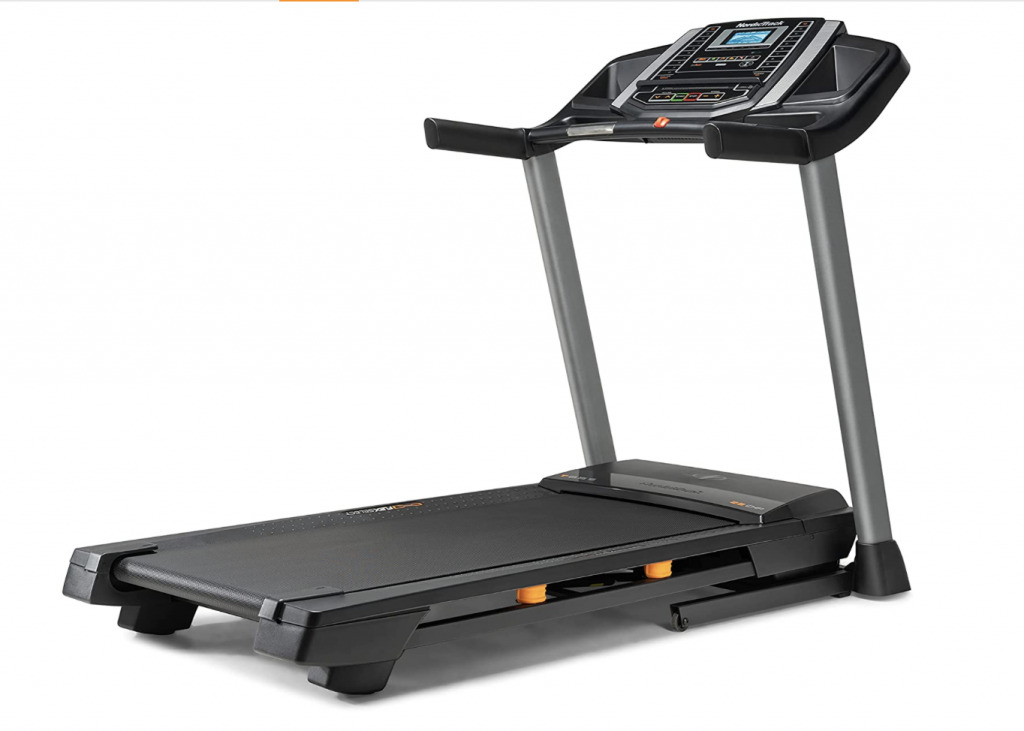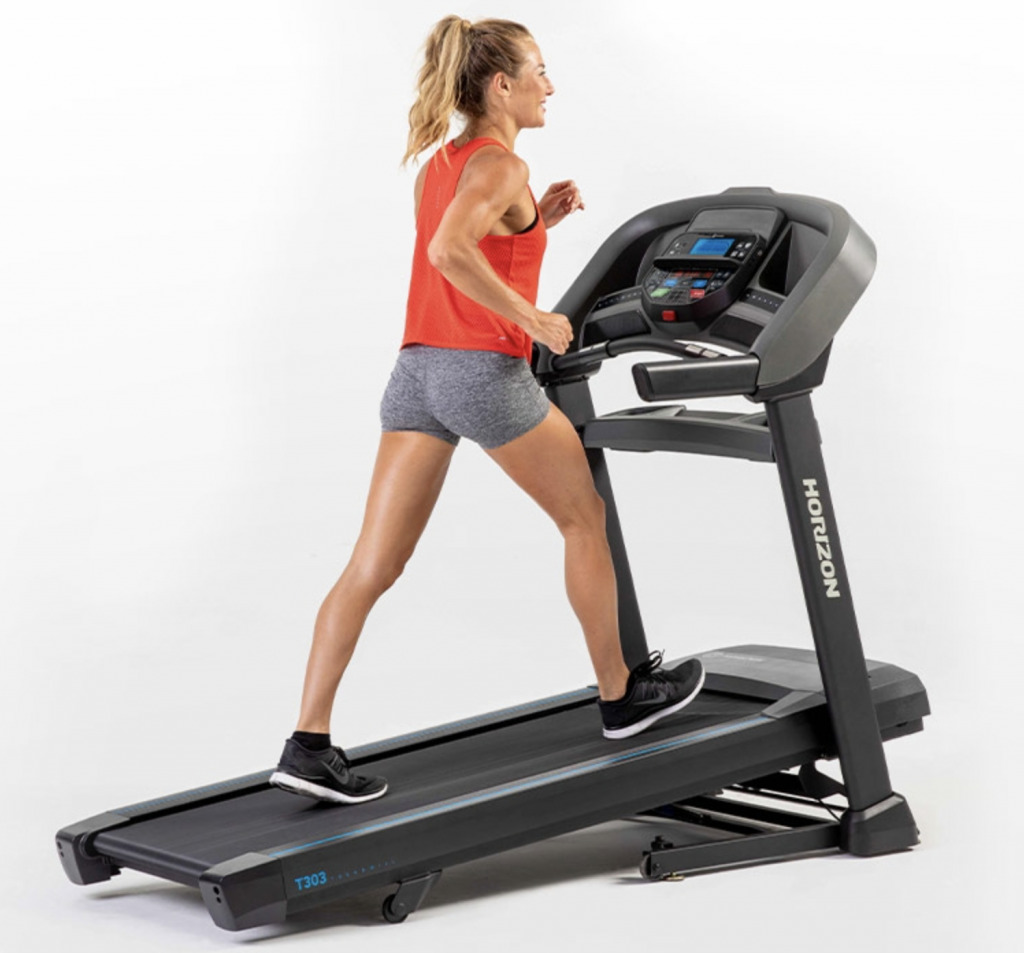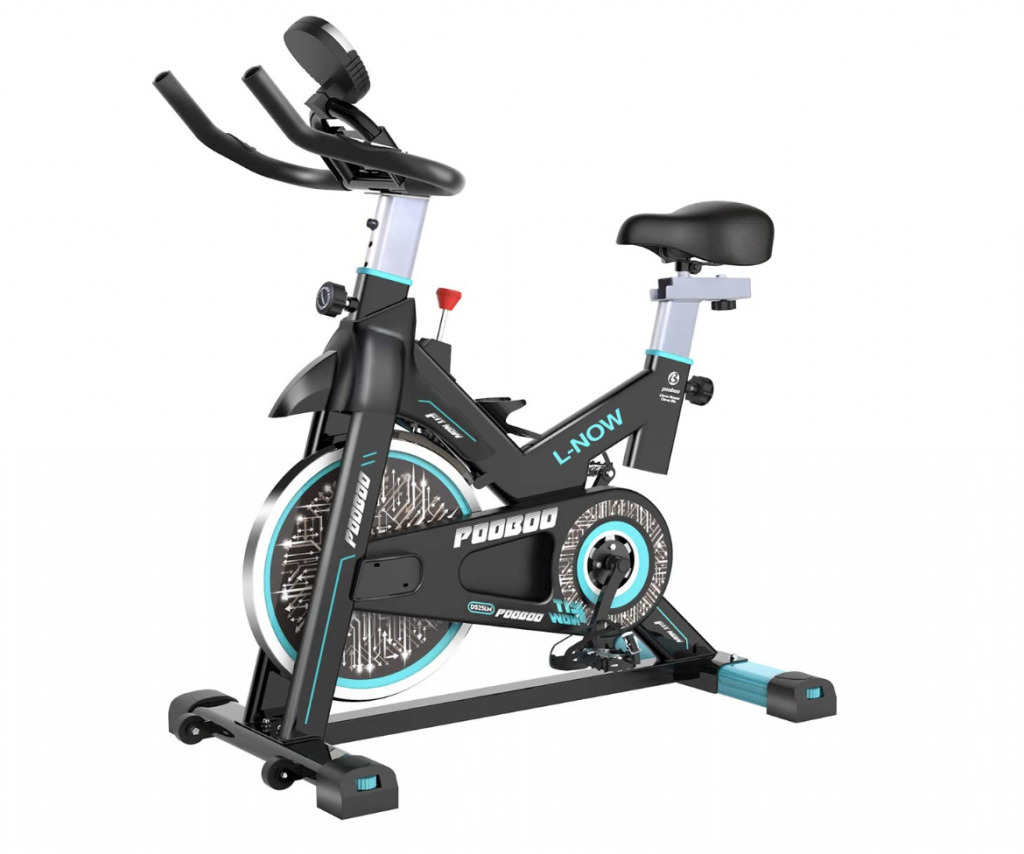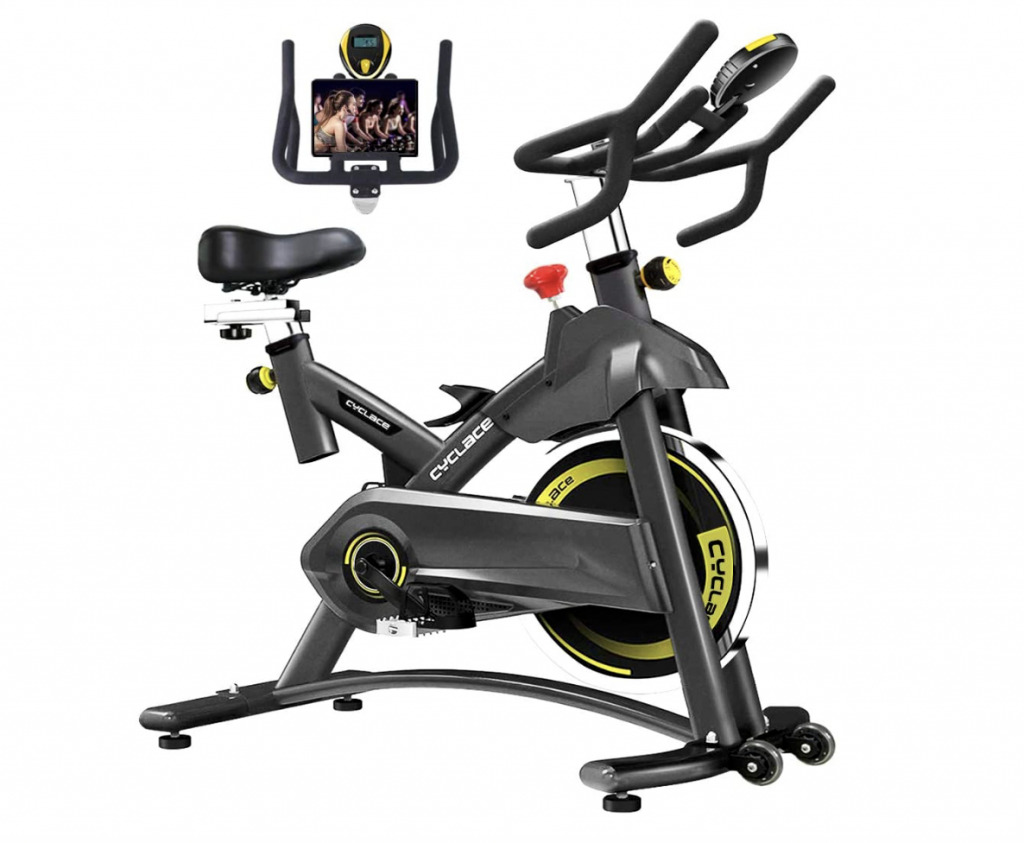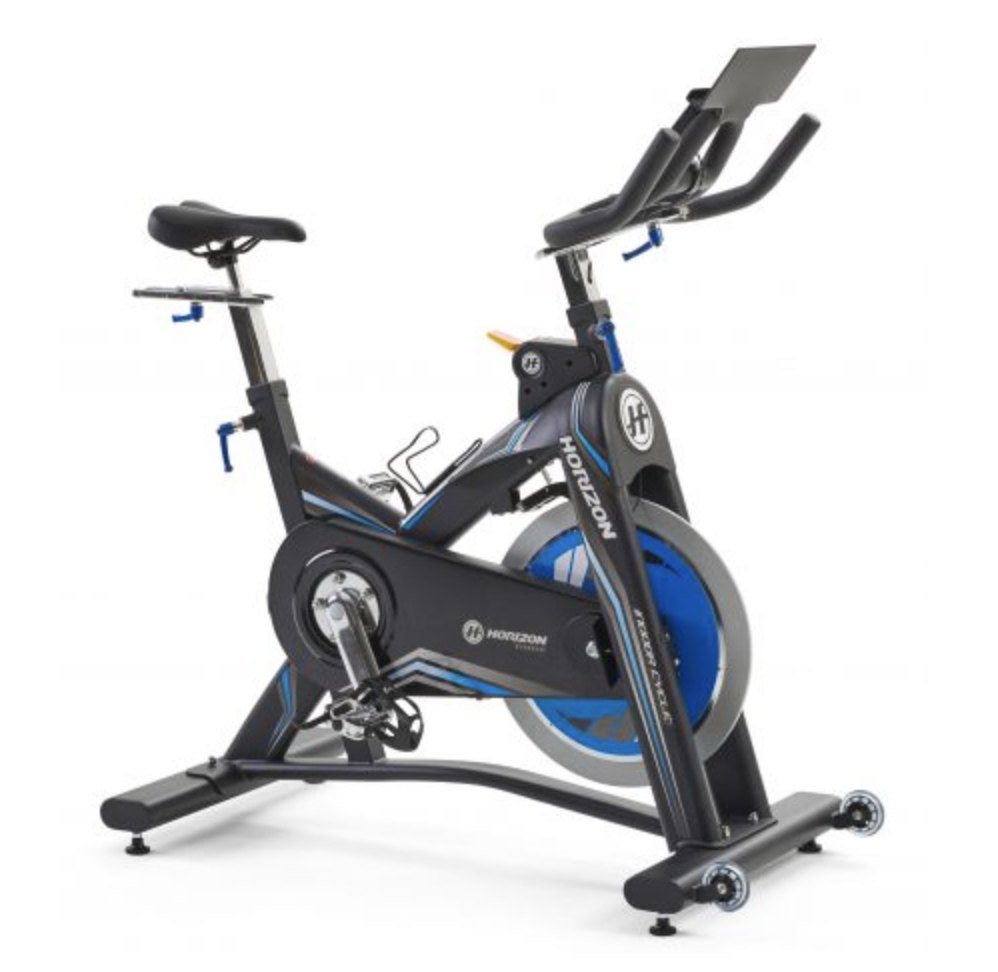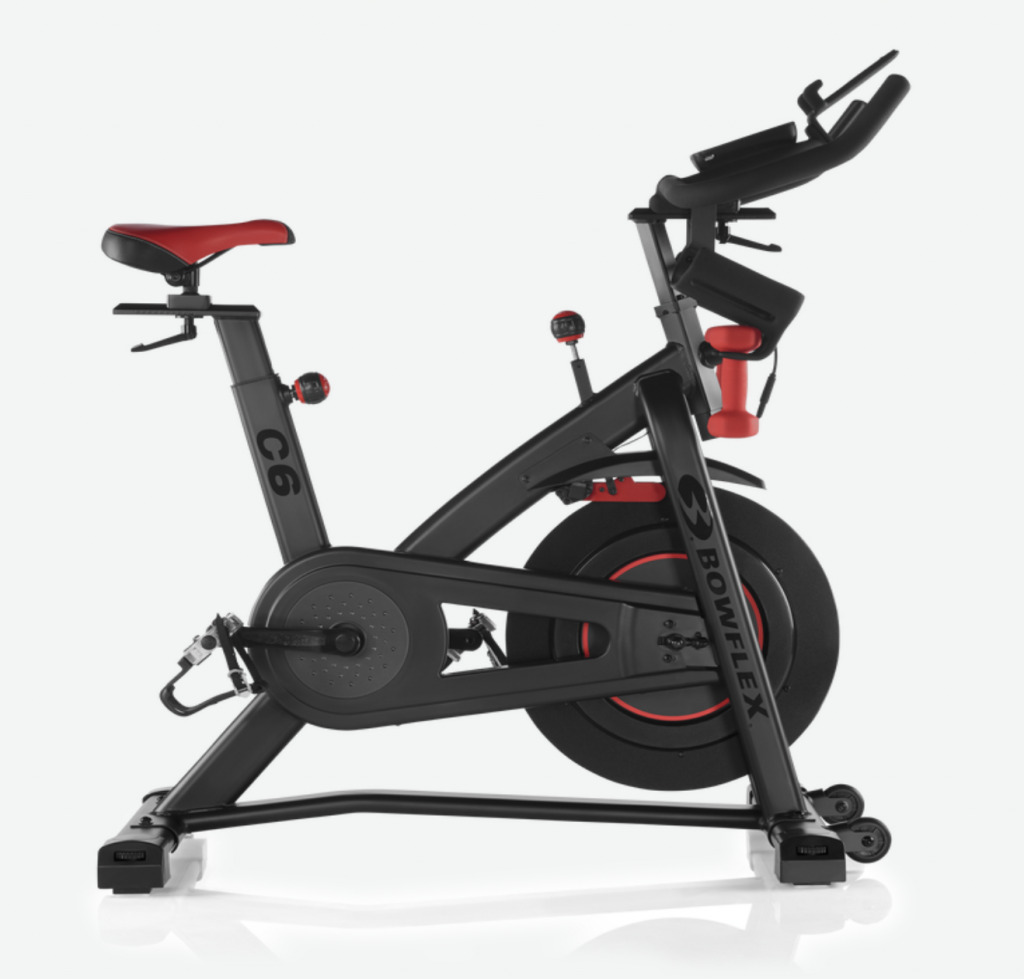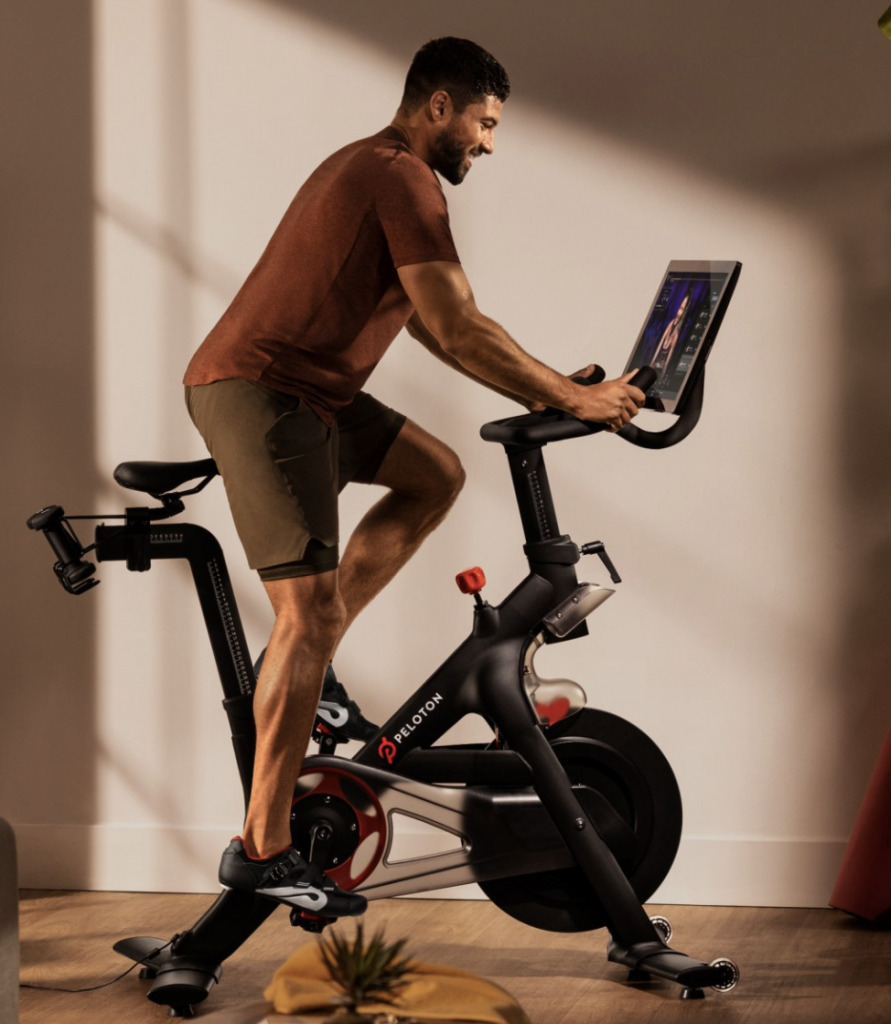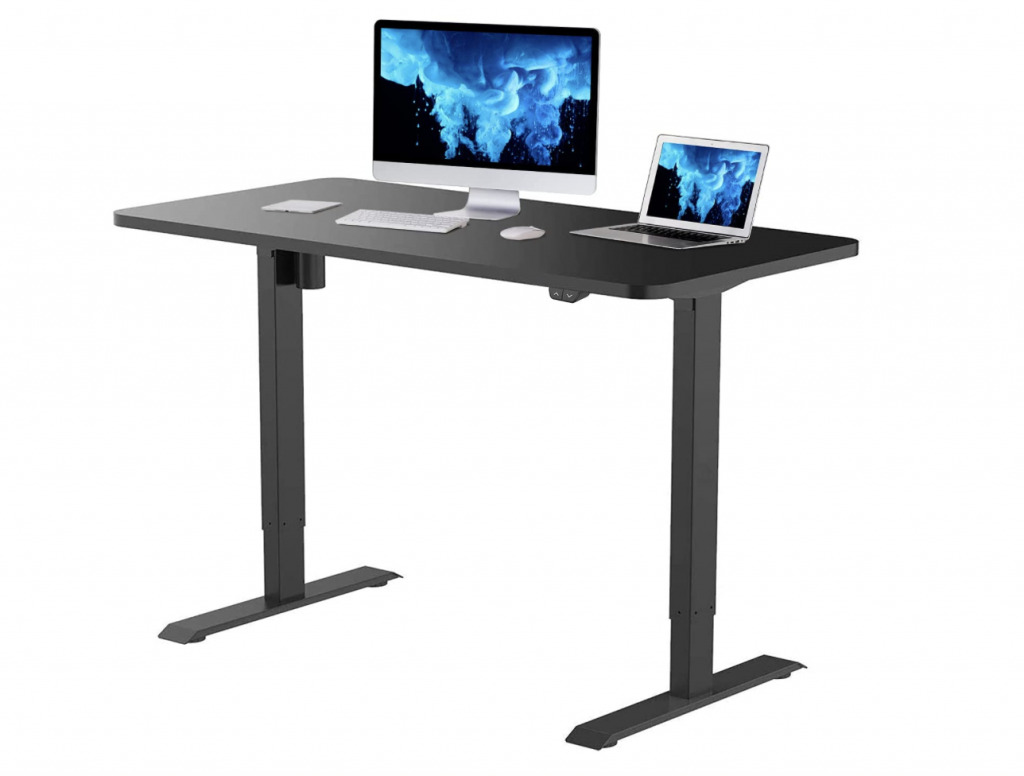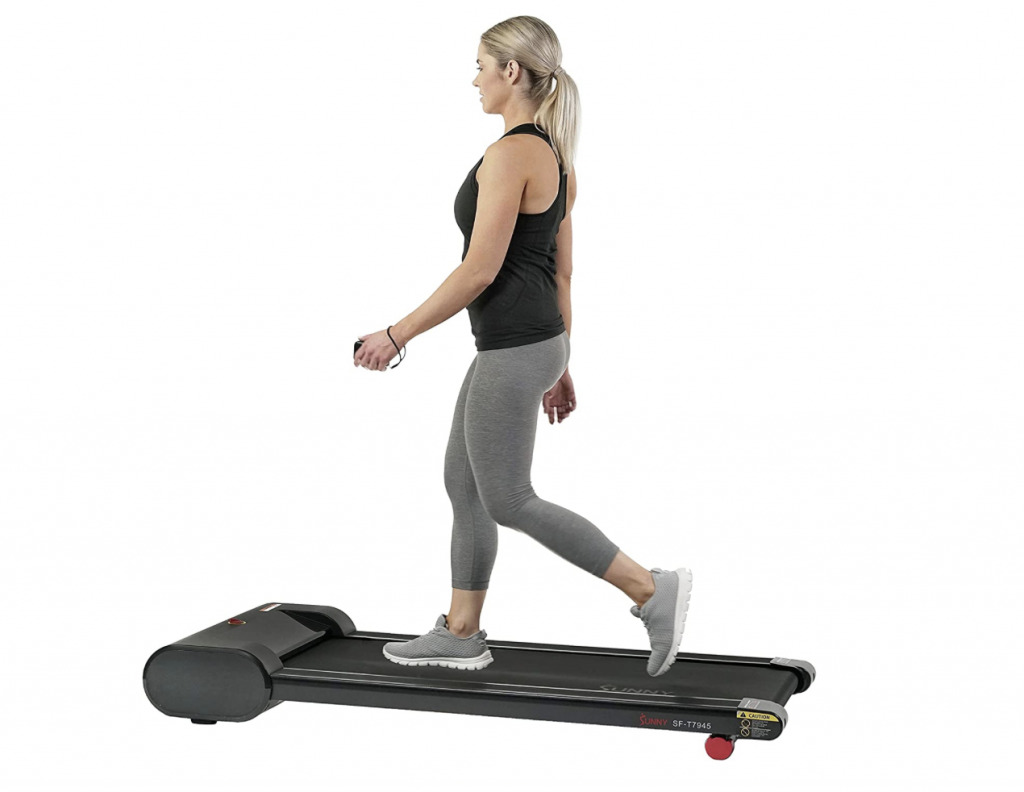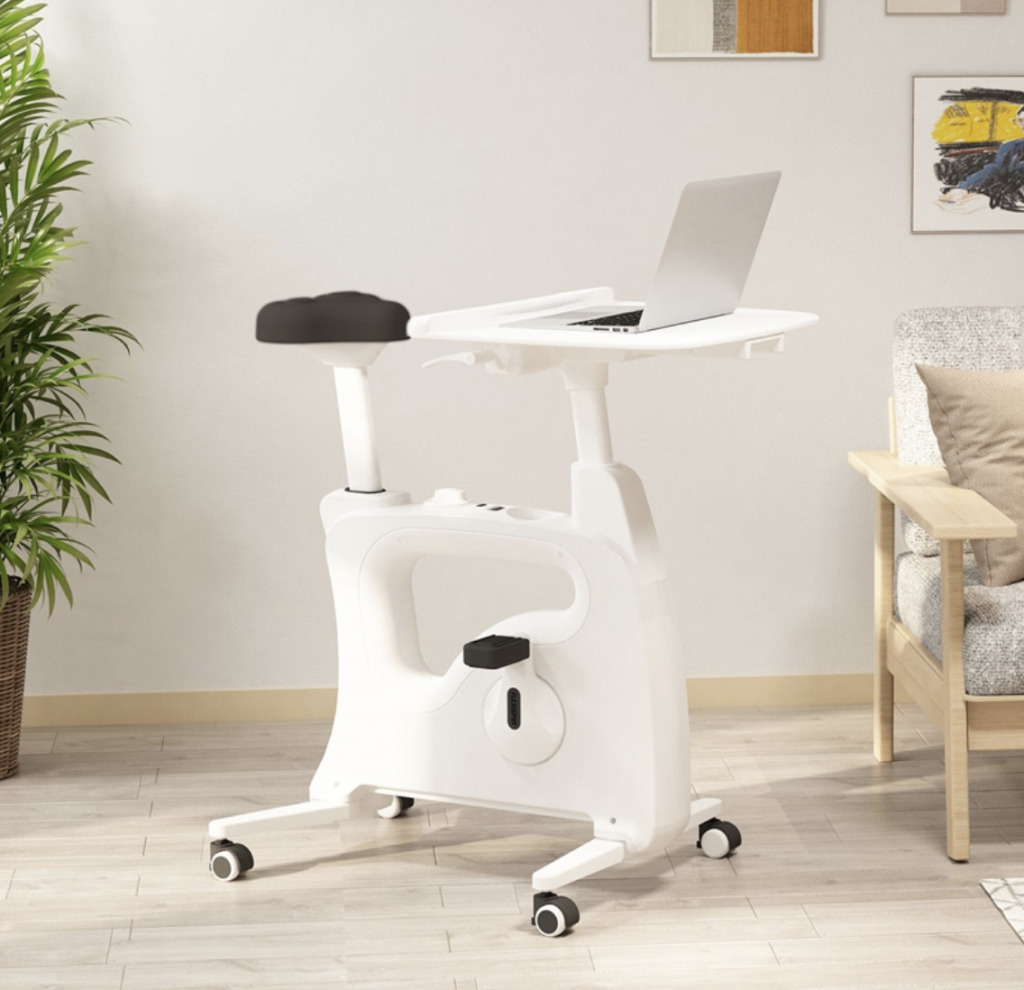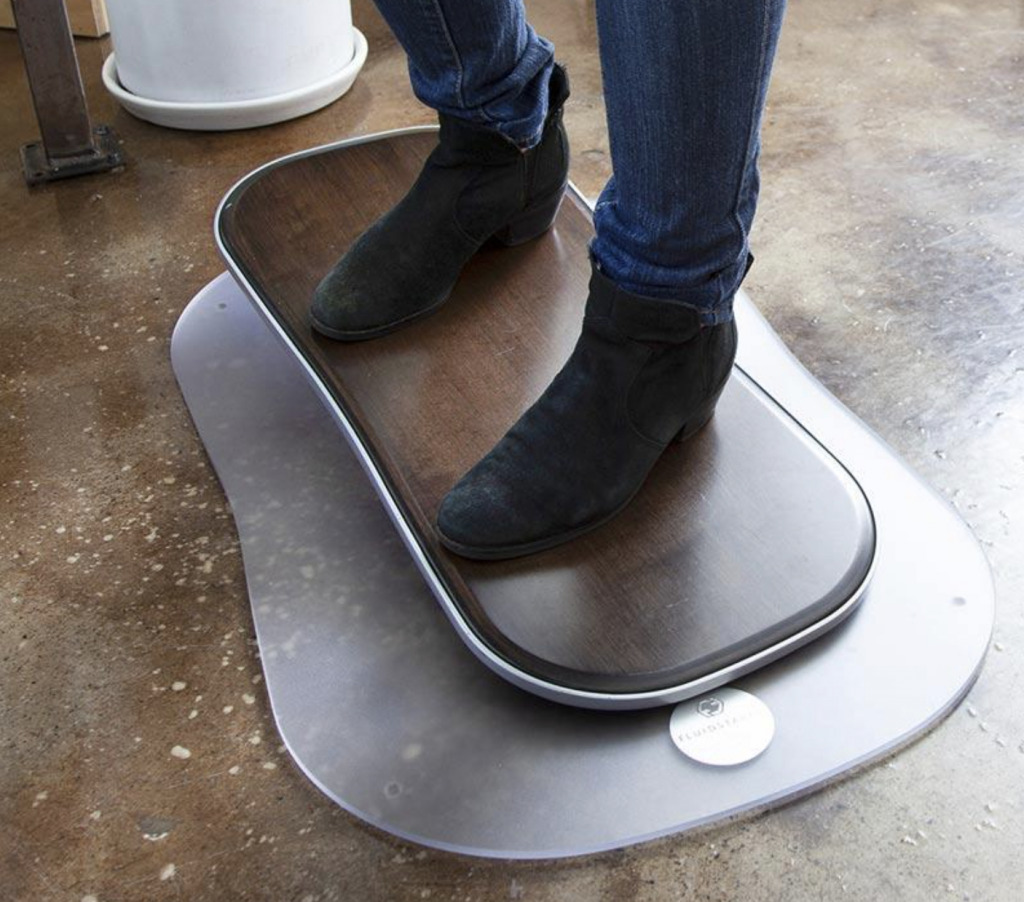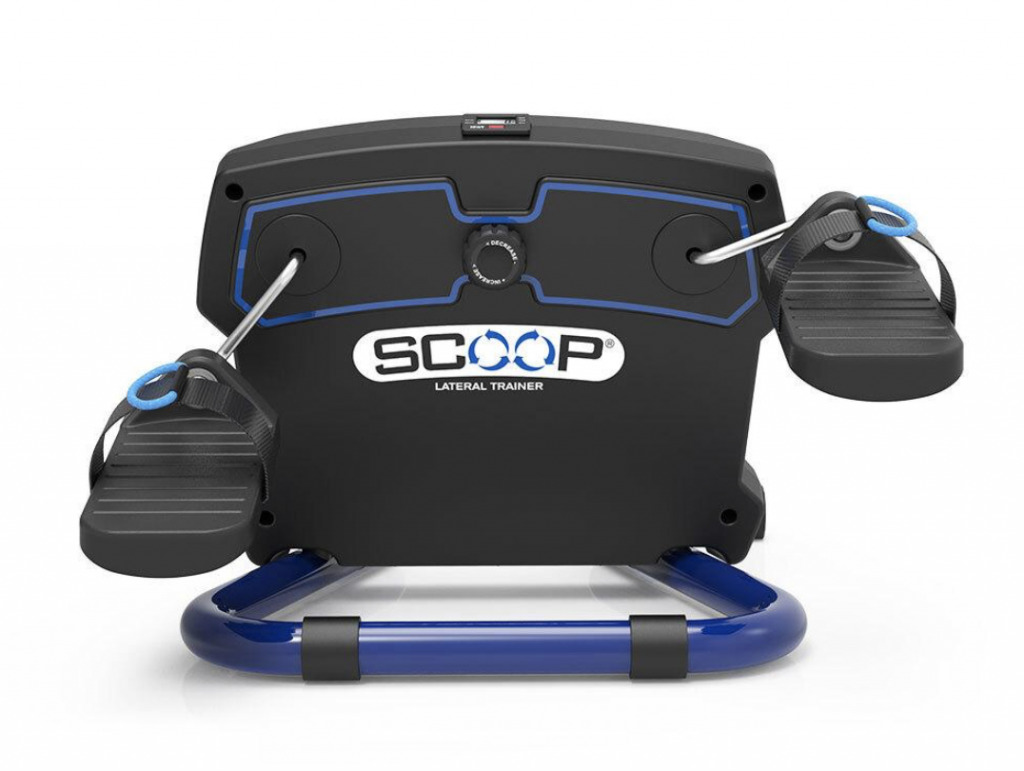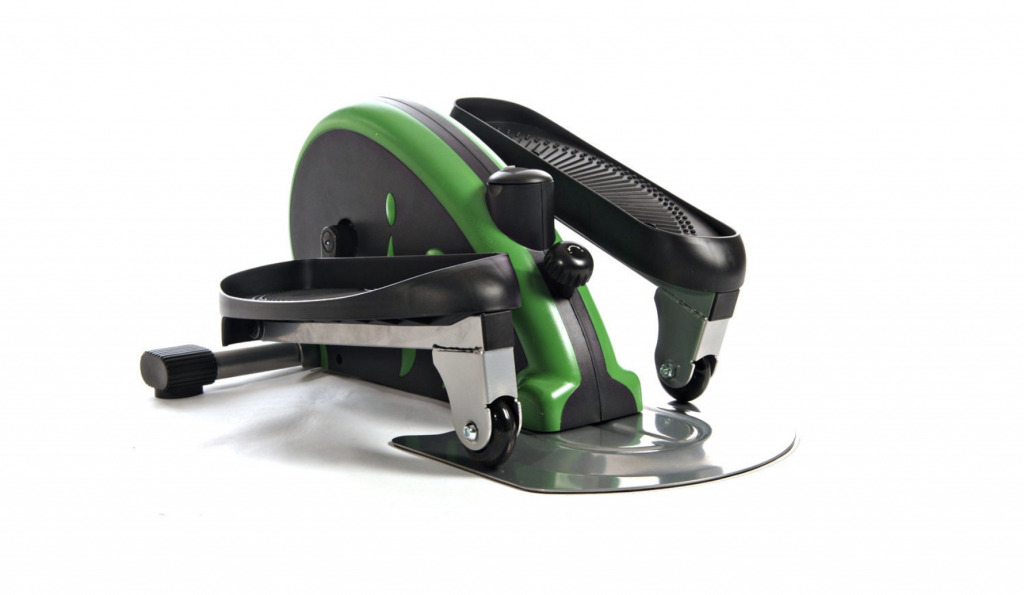I danced for 13 years, from ages five to 18. I was so in shape, regularly pulling 10-hour weeks in the four days I was there. I’d never felt so healthy. Then, I went to college.
They had an athletics center, but I had no interest in going to a gym after so many years of expressing myself in a fun way. However, there wasn’t a dance studio nearby, so I stopped working out. I still walked everywhere, but it wasn’t the same amount of exercise I had when I was 15.
Now, years later, I’m finally getting back into the rhythm of working out – this time with exercise equipment (gotta build up that endurance and muscle!). But it took some time, because I had no idea what I was supposed to do. What did weight lifting do? What counted as cardio? Did I have to run, or was speed-walking enough to get the blood pumping?
If you have similar questions, I’m here to help. Consider this a beginner’s guide to working out. Whether you’re doing it to fight back against health struggles or simply because you want your body to last for years, these tips will help you start!
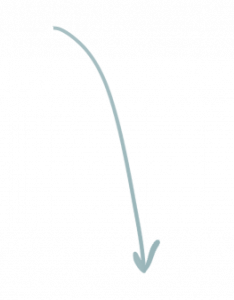
Find Your “Why”
Don’t look for that one huge “why”
That can be hard to find.
Instead look for little “why”s.
Meaning look for why you choose to exercise, or why you are going to work, or why you are starting your diet today.
— Unshakeable Confidence (@Be_Unshakeable) July 16, 2021
Hello, and welcome to the world of working out! We’re happy to have you.
To start, figure out your “why.” Why are you starting? What is your end goal? It can be simple, like wanting to climb a flight of stairs without panting. There is no wrong “why!” If you want to go deeper, you can do that too: maybe you want to feel comfortable in your body again, or you’re scared of developing a health issue because of inactivity. When you find your why, latch onto it. It’s okay to change it and watch it evolve as you continue on your fitness journey, especially as your life and goals change. As long as you follow it, that’s all that matters.
I Found My “Why…” Now What?
Consistent #exercise is only achievable when you consider your current energy levels, lifestyle and interests.
Find a form of movement you love & that nourishes your body and it will be easy to include 30 minutes of movement into your everyday life. #wednesdaythought #health pic.twitter.com/wueH83e0Qu
— Kristen Jakobitz (@KristenJakobitz) July 14, 2021
Now that you’ve figured out why you’re getting into fitness, the fun begins: figuring out how you want to reach your goals. For me, I’ve found that walking through the forests in my town and on the elliptical are my favorite methods. Walks are gorgeous; the elliptical is gentle on my knees, and I can listen to music. But I didn’t know what my preferred method of working out was at first – I had to test out other exercises.
For example, I quickly learned that running wasn’t for me. Landing on my right leg hurt my knees and ankles. The same was true for squats and anything related to jumping. The gentle movement of the elliptical and ability to zone out while burning calories made me love it.
If you’re interested in specific workout classes, you can check out classes at a local gym, like Zumba or spin. If you’re shy and don’t want to begin exercising in front of others, you can download fitness apps or look at YouTube for free videos. There are so many types of exercises available, and there is no wrong way to go about finding what works for you. You’ll never know what works for you if you don’t try!
View this post on Instagram
Weight Training vs. Cardio
You might be wondering what’s best: weight training or cardio? The answer: both are important.
Weight training’s benefits include strength-building, increased bone density, and increasing your metabolism. Cardio, on the other hand, can help with brain health, improve heart health, and increase energy post-workout. Put together, you’re taking care of important processes throughout the whole body.
View this post on Instagram
Weight training methods include activities like squats, lunges, pushups, planks, and bench presses. You can add weights (hence the name), but it also works to simply do the moves in sets. For example: do one set of 10 squats three times, with a 30-second break in between each set, then move on to 10 pushups three times, again with a 30-second break. If you aren’t ready to do that many reps all at once, you can rotate; so, do 10 squats, take 30 seconds, then switch to pushups. The point is to build up muscle and feel the burn.
Cardio includes activities that get you moving in a more aerobic manner. Think: running, dancing, Pilates, or cycling. If it gets you panting, your blood pumping, and your skin sweaty all at once, that’s cardio. It increases your heart rate and your circulatory system, while also pushing your lungs to their max.
Walking vs. Running
The typical workout you hear about: running. As I mentioned, I cannot do it (and, cough, also loathe it, cough) thanks to my knee, so when I was first looking to exercise, I thought, “well, guess I’m screwed if I walk.” But that’s not the case!
View this post on Instagram
While running can shorten your workout compared to walking — 30 minutes of running equates to the same amount of exercise as an hour-long speed-walk — for me, the low-intensity works better for my body, and I don’t mind that it requires more time. I’ll take it over doing something that hurts.
Running works for so many people – both my brother and mother run miles each day to stay fit and sane. They might be able to run a faster mile than me, but ultimately, I can match the calories burnt if I walk long enough.
How Many Days Should I Be Exercising, And For How Long?
There are different responses depending on whether you’re weight training or doing cardio.
For moderate cardio, you should aim for 30 minutes, three to five days a week. If you’re doing more intense cardio, try reaching 25 minutes, three days a week. For weight training, try to get in two or three days, working every muscle in your body.
How Much Water Should I Drink?
We wrote about drinking water in general, but you should definitely be drinking more if you exercise.
Women generally need nine eight-ounce cups of water per day. If you’re exercising, you need to drink more to stay hydrated (but not too much – hyponatremia occurs when you reduce sodium levels by drinking too much water!).
Generally, women should drink one to five cups three to four hours before working out, 1.5 to 3.5 cups each hour during exercise, and one to six cups post-workout – all on top of your usual daily water intake. This depends on your weight, so research how much water you will need so you’re not under- or overhydrated – both can ruin a workout by making you feel sick.
If you struggle with drinking (enough) water, there are other ways to get your electrolyte boost. These tablets and powders will increase your water intake and taste good at the same time — it’ll be as if you’re drinking that Gatorade, minus all the sugar.
When And What Food Should I Eat?
View this post on Instagram
You might think it’s best to eat something right before you get on the elliptical — I was guilty of doing this every time I worked out. But you should be eating a meal or snack one to three hours before you exercise. This way you avoid an upset stomach (nobody likes side stitches), and your body is running off fuel it’s already digested.
Some people think eating food high in simple carbs is the way to go, because your blood sugar drops after exercise. I’m here to tell you: put down the white bagel and nutella. (Just me doing that? Cool.) Protein is super important to eat beforehand, as are complex carbs. A perfect snack is a smoothie filled with ingredients like yogurt and fruit (I love Daily Harvest). The goal is to give your body carbs that are digested slowly, rather than those that disappear within an hour, causing a sluggish workout. Trail mix, oatmeal, bananas, and sandwiches are also great pre-workout.
View this post on Instagram
When it comes to eating after you exercise, you need protein to help repair the muscle you’ve been exerting. Glycogen — your body’s preferred fuel — is also used up during workouts, and you need to replenish this post-sweat session. To get science-y: protein builds up amino acids, and these work to repair the muscles; carbs up your glycogen levels back to normal; and studies show that healthy fats, like whole milk, can help with muscle growth.
When to eat post-workout depends on what you ate before. If your pre-exercise meal had a large amount of protein and carbs, you can wait a while after your workout before eating again. If, however, your meal was somewhat small — like a banana, or a smoothie — you should try to eat within a few hours after your workout. Meal ideas include eggs and toast, whole-grain wraps with chicken and/or turkey, or salmon and roasted sweet potatoes (which are complex carbs, compared to your regular fries).
What Equipment Do I Need?
Equipment varies based on what you’re doing. We recommend these affordable options if you’re just starting out.
For weight training, you’ll generally want a set of weights (duh), either to hold or to attach to your body (like ankle or wrist weights). Weighted balls are also great and can help during core workouts, and resistance bands are also great for weight-training, especially within your arms. We recommend these:
My choice for days when I want to exercise without walking for two hours: the elliptical. Easy on my joints and easy to use, I highly recommend trying one out. While the movement isn’t for everyone, my running friends agree that this is the right equipment for off-days (aside from treadmills, when they need to exert energy). You can adjust the resistance to really build up that muscle, or keep it low and glide through each step.
Treadmills are great if you prefer to walk but can’t make it outside. When my second apartment’s complex had a workout room, they only had treadmills available. So, on rainy, cold, dark days, I chose to set my speed and walk. Treadmills are great starting points, and you can increase the incline for an extra burn in your legs.
Bikes are also great ways to burn calories. If you’ve seen the ads for Peloton and its reviews, we know that they’re worth it. However, Peloton isn’t the be-all-end-all when it comes to exercise bikes. There are plenty of options available at every price point. These are our recs:
I Work A Lot – How Can I Get Exercise In On Long Days?
I pulled super long days for a while, and I always felt guilty for not working out. It’s not like I had an option, but it was still frustrating to not sweat it out. That’s when I looked into ways to exercise while glued to my laptop. These are my favorite finds that will help you burn calories while responding to emails, plus an amazing standing desk to get you on your feet!
I hope this list has answered questions you had – and questions you didn’t know you had, too! I’ll be honest, I wasn’t sure I’d ever find exercise I’d enjoy after dancing. But through trial and error, I’m loving working out just as much as I did at 17. It’s never too late to start again and try something new, and I hope this article has encouraged you to do so.

Do you have any tips for beginners? What questions do you still have? Share with us in the comments!
Revive Your Home Workouts With These Compact Home Gym Essentials
Bust A Quick Sweat With Our Favorite 10-Minute Home Workouts

